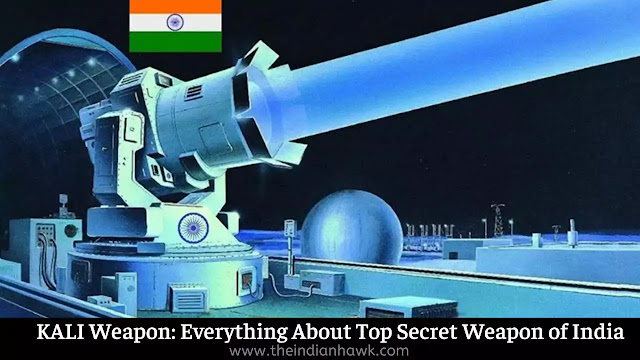After Galwan clash, ICRC approaches India and China
 |
| Indian paramilitary soldiers keep guard as Indian army convoy moves on the Srinagar- Ladakh highway at Gagangeer, north-east of Srinagar (AP) |
After the incident at the Line of Actual Control in Galwan in Ladakh in June, in which 20 Indian soldiers were killed in a clash with Chinese soldiers, the International Committee for the Red Cross (ICRC) approached both the Indian and Chinese governments and asked that they observe the Geneva Conventions to which both countries are signatories, The Indian Express has learnt.
The violent encounter at Galwan that killed 20 Indian soldiers, including their commanding officer, Colonel Santosh Babu, took place on the intervening night of June 15 and 16. The casualties on the Chinese side have not been officially declared. Ten Indian soldiers captured by the Chinese during the brawl were returned on June 18.
Days after this, said sources, the ICRC approached the Permanent Mission of India in Geneva and handed over a note verbale, a form of diplomatic communication, bringing attention to the rules under the Geneva Conventions in situations of armed conflict. The Indian Express has learnt that the ICRC made an identical outreach to the Permanent Mission of China.
Responding to queries from The Indian Express seeking specifics on the discussions, the Geneva-headquartered organisation confirmed that it was engaged with the two governments, but said all such discussions were confidential.
“As part of its mandate, the ICRC regularly engages in a dialogue with the authorities on humanitarian issues as well as on rules applicable to various situations, based on the ICRC’s internal analysis. This dialogue with the concerned authorities is conducted in a confidential manner and the ICRC does not normally publish either its findings or the content of these confidential discussions and recommendations that it presents. Based on these principles, we are also engaging with the Governments of India and China,” an ICRC spokesperson replied.
“The confidentiality principle, on which our work is based, is important for the ICRC to uphold its mandate and we would like to ask all concerned, including the media, to please understand and respect that,” the spokesperson said.
Like all other members of the international community, both India and China have acceded to the 1949 Geneva Conventions, a set of four international treaties that ensure that in a conflict, warring parties conduct themselves in a humane way with non-combatants such as civilians and medical personnel, as well as with combatants no longer actively engaged in fighting, such as prisoners of war, and wounded or sick soldiers. Three protocols were added in later years. India has signed off on one of the protocols, China on two.
The ICRC, an international humanitarian organisation, has the mandate to monitor that signatories follow the rules in situations of conflict.
The Galwan incident was a turning point in the India-China stand-off at the LAC, and also caused international alarm over possible escalation between the two nuclear armed neighbours. It was the first time since 1975 that Indian soldiers were killed in a military encounter with Chinese soldiers. Several nations issued statements of concern and asked both sides to show restraint.
No firearms were used by either side in the clash. As per an India-China agreement, soldiers at the border would not carry firearms to prevent escalation during patrolling by both sides. The Indian soldiers were unarmed. The Chinese soldiers were carrying nail-covered clubs and other blunt instruments, going by the injuries inflicted on the Indian soldiers. Some died after being pushed into the icy, fast-moving Shyok river.
The captured Indian soldiers were returned after diplomatic and military negotiations.
In February 2019, when Indian Air Force pilot Abhinandan Varthaman was captured by villagers after his MiG-21 went down in Pakistan Occupied Kashmir in a dogfight with the Pakistani Air Force, India invoked the Geneva Conventions seeking his protection and well-being while in Pakistani custody, as well as his return. At that time, too, the ICRC had approached both parties to remind them of the Geneva Conventions. He was held for over two days before Pakistan decided to return him as a “goodwill gesture”.

.png)

.jpg)







